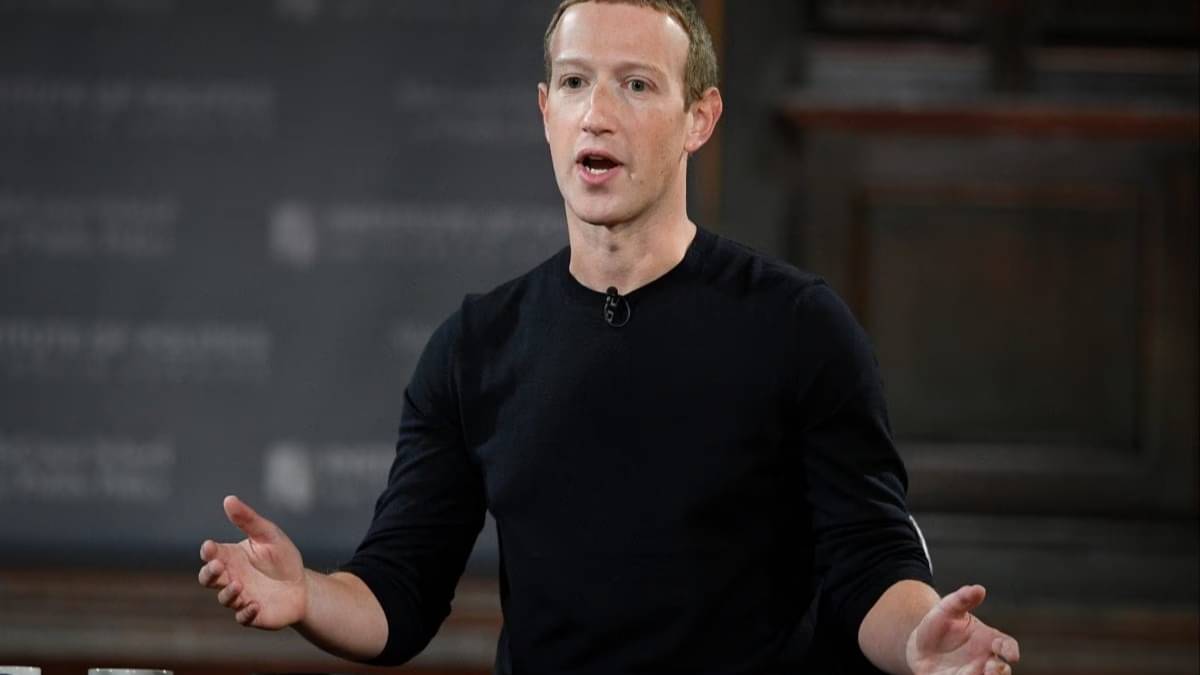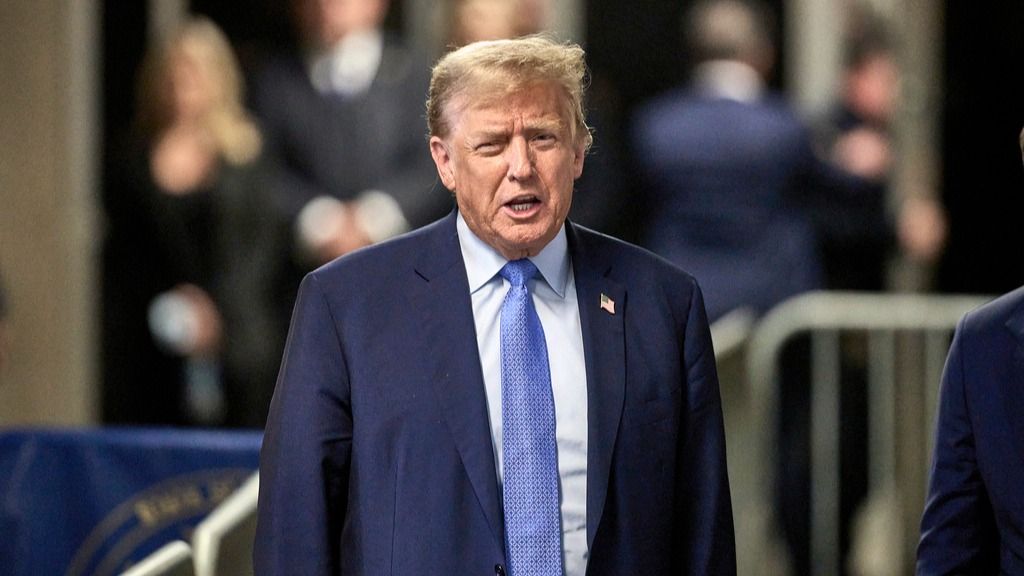The jury that convicted Donald Trump of falsifying business records had been inundated with testimony and evidence for almost five weeks before issuing the historic verdict, but several key moments stood out and likely influenced the panel during the Manhattan trial.
Trump on Thursday was found guilty of leading a conspiracy to pay hush money to suppress negative tabloid stories about his conduct with women before the 2016 election, a scheme that resulted in dozens of business records being falsified as Trump sought to cover his tracks.
Crucially, the jury that found Trump guilty on 34 false-records counts determined he broke the law with the intent to commit or conceal additional election or tax crimes, making the charges against him felonies.
The Manhattan District Attorney’s office called an array of witnesses who described the conspiracy from every angle, including former Trump attorney and fixer Michael Cohen and former National Enquirer publisher David Pecker. Jurors also saw extensive evidence that knit the scheme together, from texts messages and emails to call logs and a secret audio recording.
At the center of the case was Trump’s repayment of $130,000 to Cohen after he personally paid adult-film star Stormy Daniels to keep quiet about an alleged affair. Jurors agreed that documents tied to the repayment were falsely recorded as being for legal services under a retainer that didn’t exist.
Never miss an episode. Follow The Big Take daily podcast today.
Here’s the most significant evidence:
1) Trump’s Former Fixer
Cohen, the star witness, was one of Trump’s most trusted advisers before the 2016 election. Despite Cohen’s history of twisting the truth, jurors appear to have accepted much of what he had to say about his former boss, including that Trump was deeply involved in the hush-money scheme from the very beginning and that he verbally assured Cohen he’d repay him if he paid Daniels.
Justice Juan Merchan, who oversaw the trial, instructed the jury when they started their deliberations that they couldn’t base a guilty verdict on Cohen’s word alone because he was part of the conspiracy, meaning his testimony would need to be supported in some way by other witnesses and evidence.
Cohen provided key testimony that Trump knew all about the payment plan to reimburse Cohen for the hush money – which resulted in the false documents in the case. Trump knew the $35,000 monthly checks to Cohen in 2017 weren’t really for legal services, even though Cohen was technically serving as personal attorney to the president at the time, he testified.
“Why, in fact, did you pay that money to Stormy Daniels?” a prosecutor asked Cohen.
“To ensure that story did not come out, did not affect Mr. Trump’s chances of becoming president of the United States,” Cohen said.
“On whose direction did you commit that crime?” he was asked.
“On behalf of Mr. Trump.”
2) Trump Tower Meeting
The August 2015 meeting where Trump hatched the hush-money scheme was described in detail by Cohen and Pecker, the other attendees at the meeting who said they wanted to help Trump win.
Pecker, a longtime Trump fan who appears to still admire the former president, supported details that were offered by Cohen, now an outspoken Trump critic. Together their testimony painted a clear picture of a concerted effort to stop negative tabloid stories about Trump’s conduct with women from hurting his campaign.
The meeting was a crucial element of the case, leading to the hush-money payment to Daniels and the falsified records to cover it up. Pecker testified that the meeting lasted 20-25 minutes, wasn’t “put into writing and that he wanted to keep it under wraps.
“I told him that we were going to try to help the campaign and to do that I want to keep this as quiet as possible,” Pecker testified.
3) Access Hollywood Tape
Jurors heard extensive testimony about the threat posed to Trump’s 2016 campaign by the release of the so-called Access Hollywood tape in which he made crass comments about sexual assault. Jurors were told how the tape motivated Trump to pay hush money to Daniels on the eve of the election because her story about an affair would have been too damaging in light of the hot-mic fiasco.
“This is a disaster, total disaster,” Trump said about the tape, according to Cohen. “Women will hate me. Guys may think it’s cool, but this is going to be a disaster for the campaign.”
Stormy Daniels exits from Federal Court in New York in April 2018.
Cohen testified that the tape raised the stakes for any other salacious stories that might come out as the election approached. Hope Hicks, who served as Trump’s campaign press secretary, testified how damaging the tape was, saying it caused chaos.
Prosecutors say that’s exactly why Trump agreed to pay Daniels to keep quiet, even though Cohen’s doing so amounted to an illegal campaign contribution.
4) Hand-Written Repayment Plan
Jurors saw two exhibits laying out a repayment plan to Cohen, which included handwritten notes by former Trump Organization Chief Financial Officer Allen Weisselberg and Jeffrey McConney, the former controller.
The notes showed how Cohen would receive a total repayment of $420,000, which covered the Daniels hush money, plus $50,000 he claimed for another expense, a boost to cover taxes, and a revised annual bonus for 2016.
“These two exhibits are the overt manifestation of the agreement to falsify business records,” the prosecutor told jurors. “I’m almost speechless that they’re still trying to make this argument that there are legal services rendered.”
Hicks also gave testimony supporting the claim that Trump repaid Cohen. She testified how Trump told her the Daniels payment was made by Cohen “out of the kindness of his own heart.” But she said she doubted that because such generosity would have been out of character for Cohen, who she said didn’t seem to be an “especially charitable person or selfless person.”
5) Playboy Model, Porn Star
Jurors heard testimony from multiple witnesses about how Pecker arranged for AMI to pay $150,000 to former Playboy model Karen McDougal to keep her quiet before the election about an alleged affair with Trump. AMI’s payment was ultimately determined to be an illegal campaign contribution that forced the company to enter into a non-prosecution agreement with the Justice Department – another bit of context that jurors may have weighed.
The jury also heard testimony from Daniels, whose time under oath may have swayed jurors to believe that Trump indeed had sex with her in 2006 when they met at a celebrity golf tournament. The jury was shown a photo of Trump and Daniels that was taken that day, and they saw evidence showing she later visited him at Trump Tower. Her testimony, tawdry at times, may have convinced jurors that Trump really did have something to hide – and therefore worry about – as the election approached.
(Except for the headline, this story has not been edited by NDTV staff and is published from a syndicated feed.)
The jury that convicted Donald Trump of falsifying business records had been inundated with testimony and evidence for almost five weeks before issuing the historic verdict, but several key moments stood out. NDTV News-World-news



